Sub-Saharan Africa
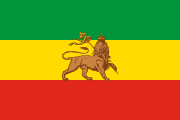
Ethiopia
royal flag 11 Often (but not always) flown by the royal house and the government.

Ethiopia
national flag 22 Flown by anyone.

Rwanda

Guinea

Mali

Senegal
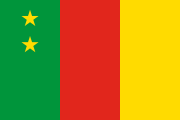
Cameroon
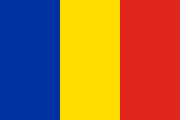
Chad
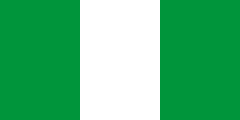
Nigeria
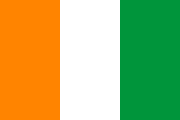
Ivory Coast
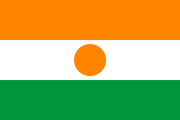
Niger
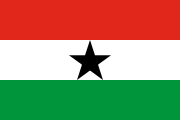
Ghana
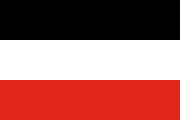
Upper Volta

Sierra Leone

Gabon
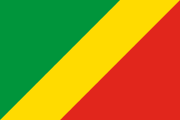
Republic of the Congo
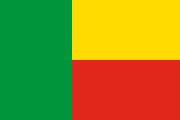
Dahomey
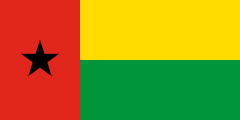
Guinea and Cape Verde
PAIGC flag 33 Flag of the African Party for the Independence of Guinea and Cape Verde, which aimed for separation from Portugal. Eventually became the flag of Guinea-Bissau. Portuguese colonies did not have official flags.

Malagasy Republic

Malawi

Kenya
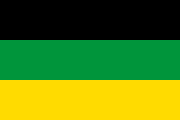
African National Congress
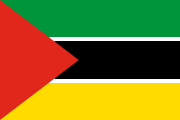
Mozambique
FRELIMO flag 44 Flag of the Liberation Front of Mozambique, which aimed for independence from Portugal. Direct predecessor of the modern flag of Mozambique. Portuguese colonies did not have official flags.
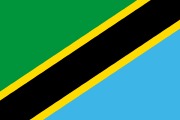
Tanzania
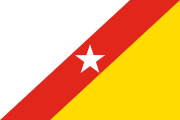
Angola
FNLA flag 55 Flag of the National Liberation Front of Angola, which aimed for independence from Portugal, and its government-in-exile in Léopoldville. Portuguese colonies did not have official flags.

Angola
MPLA flag 66 Flag of People's Movement for the Liberation of Angola, a competing independence movement. Direct predecessor of the modern Angolan flag.

Zambia

Zimbabwe
ZANU flag 77 Flag of the Zimbabwe African National Union, which sought independence and majority rule for the British colony of Southern Rhodesia. The white minority-rule government flew a light blue British ensign with the Rhodesian coat of arms.

Zimbabwe
ZAPU flag 88 Flag of the Zimbabwe African People's Union, a competing liberation movement.

Uganda

Togo

Liberia
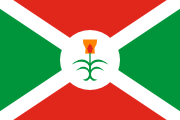
Burundi
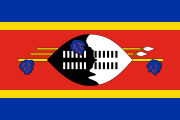
Swaziland
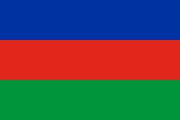
South-West Africa
SWAPO flag 99 Flag of the South West Africa People's Organisation, which sought independence from South Africa. Direct predecessor of the flag of Namibia. The territorial government did not have an official flag.

Central African Republic
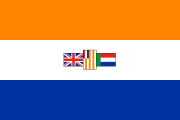
South Africa
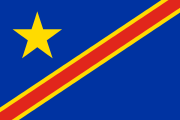
Democratic Republic of the Congo
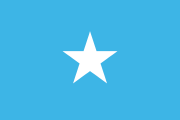
Somalia

Eritrea
ELF flag 1010 Flag of the Eritrean Liberation Front, which sought independence from Ethiopia. Derived from the previous national flag. The provincial government did not have an official flag.
Middle East and North Africa

Turkey
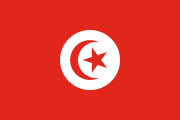
Tunisia
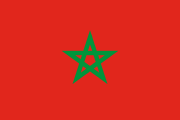
Morocco

Algeria
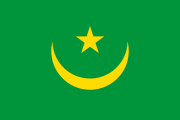
Mauritania

Libya
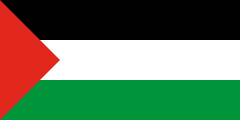
Palestine
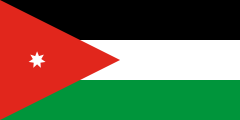
Jordan
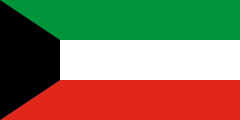
Kuwait

United Arab Republic (Egypt)

Iraq

Syria

Yemen

Yemen
Royalist flag 1111 Flown in territory controlled by the Royalists during the North Yemen Civil War.

Israel
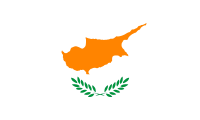
Cyprus
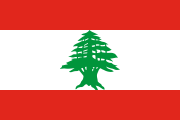
Lebanon
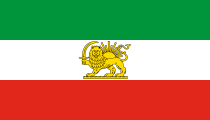
Iran
state flag 1212 Flown by the government, and often by private citizens. In certain ceremonial settings, the ratio was 1:3.
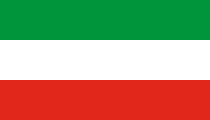
Iran
national flag 1313 Allowed to be flown by anyone.
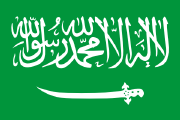
Saudi Arabia

Muscat and Oman

Fujairah
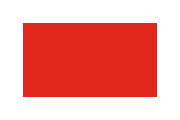
Ras al-Khaimah · Sharjah

Abu Dhabi
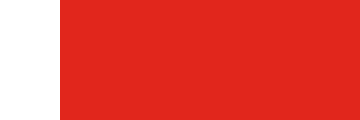
Dubai · Ajman

Umm al-Quwain
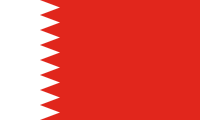
Bahrain

Qatar

Sudan

South Arabia
federal flag 1414 Flag of the Federation of South Arabia, the British protected state at the core of South Arabia.
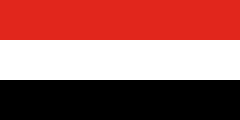
South Arabia
NLF flag 1515 Flag of the National Liberation Front, which sought independence from Great Britain. Direct predecessor of the flag of South Yemen.
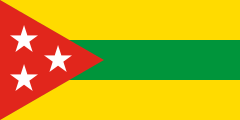
Kathiri State

Qu'aiti State

Mahra

Kurdistan

Assyrians

Druze
Western Europe
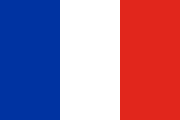
France

Italy

Ireland

Andorra
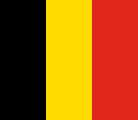
Belgium

Netherlands

Luxembourg

Austria
national flag 1616 Flown by private citizens and municipalities.

Austria
federal service flag 1717 Flown by the federal government and the armed forces.

Spain
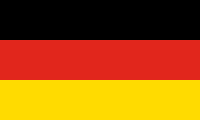
West Germany

East Germany
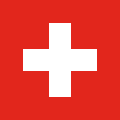
Switzerland
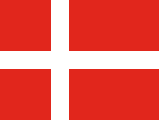
Denmark
national flag 1818 Allowed to be flown by anyone.
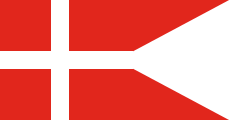
Denmark
sovereign flag 1919 Flown by the royal house, the government, and the armed forces. Also granted to a select list of private institutions and companies.

Norway
merchant flag 2020 Allowed to be flown by anyone.

Norway
state flag 2121 Flown only on state-owned buildings and naval ships.

Faroe Islands

Iceland
national flag 2222 Allowed to be flown by anyone.

Iceland
state flag 2323 Flown on government buildings and coast guard ships.
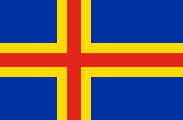
Åland
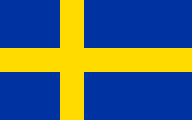
Sweden 2424 Flown for all purposes. A three-tailed version of the national flag is flown by the military.

Finland
national flag 2525 Allowed to be flown by anyone.
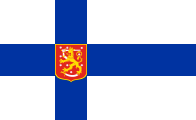
Finland
state flag 2626 Flown by the government, border guard, and public universities. The armed forces fly a version with a swallowtail cut.
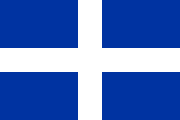
Greece
land flag 2727 Flown on land within Greece. The military flag had a crown in the centre of the cross.
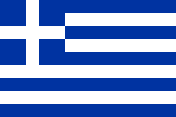
Greece
sea flag 2828 Flown at sea and abroad. The naval ensign had a crown in the centre of the cross.
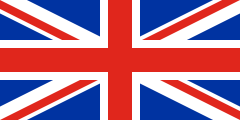
United Kingdom
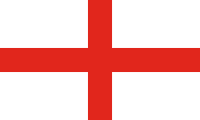
England · Guernsey
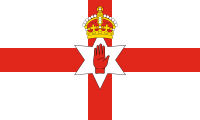
Northern Ireland 2929 Flown by the government, sporting teams and by some private citizens. More or less exclusively a unionist symbol.

Scotland

Jersey

Wales

San Marino

Liechtenstein
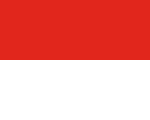
Monaco
national flag 3030 Allowed to be flown by anyone.

Monaco
princely flag 3131 Flown over the Prince's Palace and government buildings.

Vatican City

Malta

Portugal

Canary Islands

Galicia

Catalonia
senyera 3232 The traditional Catalan flag.
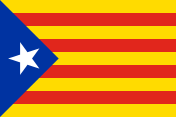
Catalonia
estelada 3333 The flag preferred by supporters of Catalan independence.

Brittany
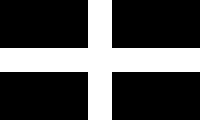
Cornwall
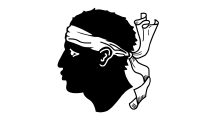
Corsica
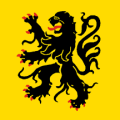
Flanders

Wallonia
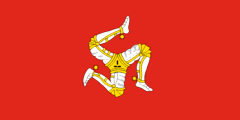
Isle of Man

Basque Country
Eastern Europe
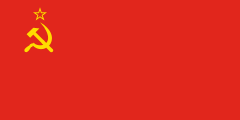
Soviet Union

Albania
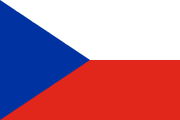
Czechoslovakia

Poland
state flag 3434 Flown over the Presidential Palace, parliament, provincial legislatures, and other government buildings. Private use highly restricted.
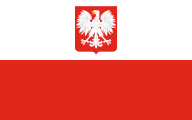
Poland
coat of arms flag 3535 Flown by embassies, airports, and merchant ships. Private use strictly banned.

Yugoslavia

Hungary
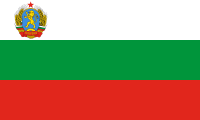
Bulgaria

Estonia 3636 Flown by the diplomatic service in exile and the Estonian disaspora. Flying the national flag was banned under the Soviet occupation.

Lithuania 3737 Flown by the diplomatic service in exile and the Lithuanian disaspora. Flying the national flag was banned under the Soviet occupation.

Latvia 3838 Flown by the diplomatic service in exile and the Latvian disaspora. Flying the national flag was banned under the Soviet occupation.

Romania
South Asia and the Indian Ocean

India
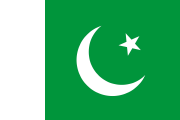
Pakistan
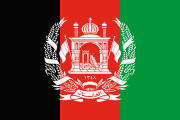
Afghanistan

Nepal

Bhutan

Sikkim
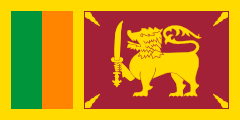
Ceylon
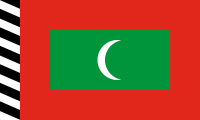
Maldive Islands

Comoros

Jammu and Kashmir 4040 Flown in the Indian-controlled parts of the disputed region of Kashmir.

Azad Kashmir 4141 Flown in the Pakistan-controlled parts of the disputed region of Kashmir.

Nagaland 4242 Flown by nationalists and separatists. The Indian state of Nagaland does not have an official flag.
East, Central and Southeast Asia
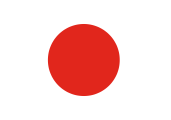
Japan

South Korea

North Korea
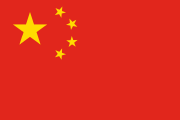
China
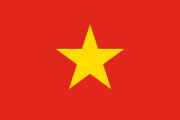
North Vietnam
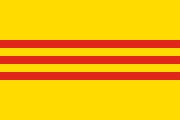
South Vietnam
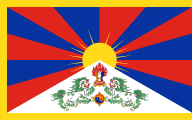
Tibet
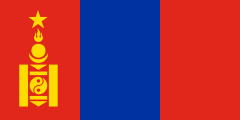
Mongolia
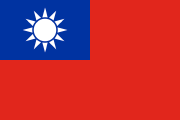
Taiwan 4343 The flag of the Republic of China, the government of Taiwan. Banned on the mainland, as the People's Republic of China claimed sovereignty over the island. Regarded as the flag of China at the United Nations.
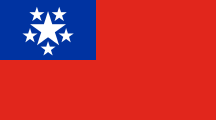
Burma

Laos
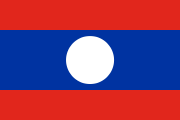
Laos
Pathet Lao flag 4444 Flown by the communist Pathet Lao government-in-exile in Hanoi.
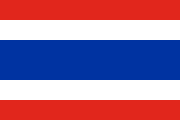
Thailand
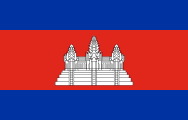
Cambodia

Philippines
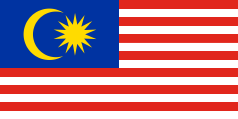
Malaysia
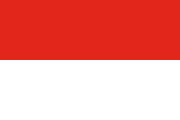
Indonesia

Singapore

Brunei

Sarawak
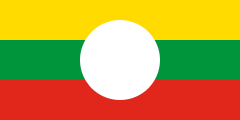
Shan

Sabah

Karen 4545 Flown by Karen nationalists seeking independence and separation from Burma.

East Turkestan 4646 The national flag of the Uyghur people, banned within the People's Republic of China. Xinjiang Region does not have an official flag.
Oceania

Australia
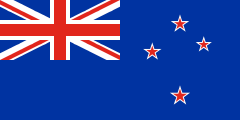
New Zealand

Hawaiʻi

Western Samoa
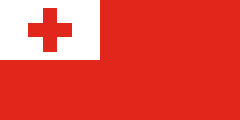
Tonga

Wallis and Futuna
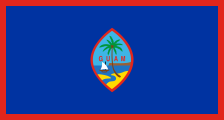
Guam
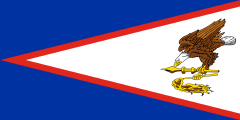
American Samoa
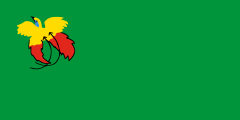
Papua and New Guinea 4747 Flown unofficially, mostly at sporting events
North America
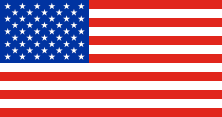
United States

Canada 4848 Not legally the national flag, but allowed to be flown wherever a "distinctive Canadian flag" was needed.

Québec
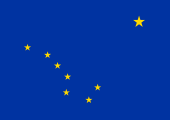
Alaska
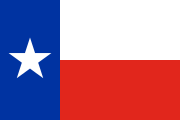
Texas

Acadia
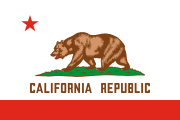
California
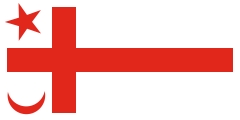
Mi’kmaq

Métis

Northern Cheyenne

Oglala Lakota

Arapaho
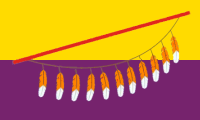
Papago
The Caribbean

Jamaica

Trinidad and Tobago

Suriname

Netherlands Antilles
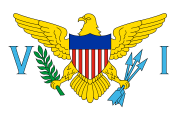
Virgin Islands (U.S.)
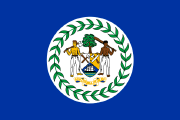
Belize
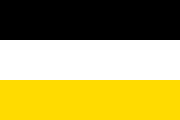
Garifuna
Latin America

Brazil

Mexico

Peru
national ensign 4949 Flown by the government, the navy, the national police, and national sports teams. Raised at major ceremonies. The army uses a similar flag with a different coat of arms.
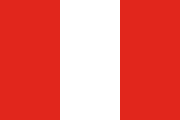
Peru
national flag 5050 Allowed to be flown by anyone.

Guatemala

Argentina

Honduras
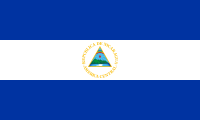
Nicaragua

El Salvador
national flag 5151 The most common flag, flown over most government buildings, at ceremonies, by diplomatic missions and often by public citizens.

El Salvador
inscribed flag 5252 An alternative government flag, most commonly flown by the armed forces but also on some public buildings and offices.
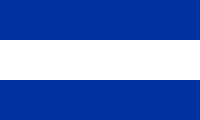
El Salvador
plain flag 5353 The simplest version of the national flag, flown by some private citizens.

Paraguay
front side

Paraguay
back side

Costa Rica
national flag 5454 The most common Costa Rican flag. Officially designated for private citizens, but in practice often used on government buildings and schools too.

Costa Rica
national ensign 5555 Flown by the government and by diplomatic missions, although also used sometimes by private citizens.

Puerto Rico
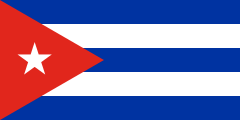
Cuba

Uruguay
national flag 5656 Allowed to be flown by anyone.

Uruguay
flag of Artigas 5757 A traditional military emblem, ceremonially flown alongside the national flag at government buildings.

Uruguay
flag of the Treinta y Tres 5858 A historic flag, ceremonially flown alongside the national flag at government buildings.

Dominican Republic
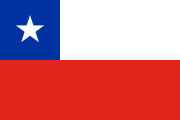
Chile
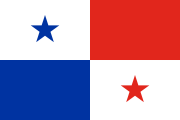
Panama
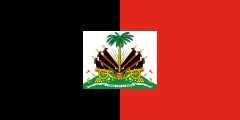
Haiti

Venezuela
national ensign 5959 Flown by the government and armed forces, and unofficially used by many private citizens.
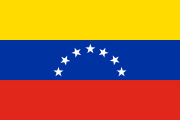
Venezuela
national flag 6060 Allowed to be flown by anyone.

Colombia

Ecuador

Bolivia
state flag 6161 Flown by the governmnent. The armed forces flew a similar flag with olive and laurel branches around the coat of arms.
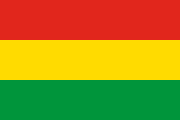
Bolivia
national flag 6262 Allowed to be flown by anyone.
Other International and Cultural Flags

United Nations
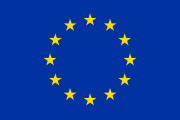
Europe

Buddhist Flag
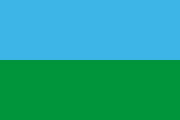
Romani

Pan-African Flag

Esperanto

Red Cross

Red Crescent
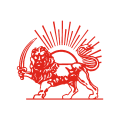
Red Lion and Sun
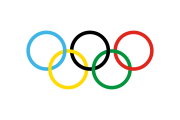
Olympic Games
Events of 1964
ANGOLA • The People's Movement for the Liberation of Angola (MPLA) adopted the flag that would eventually become the basis for the Angolan flag.

CANADA • Prime Minister Lester B. Pearson proposed a new national flag on May 14. The ensuing parliamentary debate eventually led to the adoption of Canada's current flag a year later.
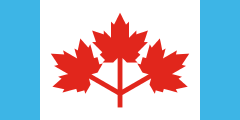
DEMOCRATIC REPUBLIC OF CONGO • The Republic of the Congo with its capital in Léopoldville added "Democratic" to its name on August 1 to avoid confusion with the Republic of the Congo that had its capital in Brazzaville.
COSTA RICA • Two stars were added to the national coat of arms on October 21.



GHANA • The yellow stripe on the flag was changed to white on January 1, to match the colours of Kwame Nkrumah's ruling Convention People's Party.



HAITI • On June 21, Haiti adopted a new flag based on the red-black bicolour first flown in 1805.



IRAN • The flag's ratio was set at 4:7 on May 28.
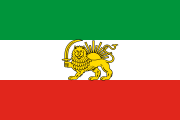


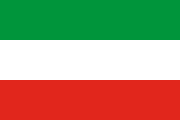


MALAWI • Malawi became independent from the United Kingdom on June 13. Its flag was based on that of the Malawi Congress Party, with a rising sun added to symbolize independence.
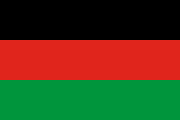


MALTA • Malta became independent from the United Kingdom on September 21 and adopted a new flag based on its previous civil flag.
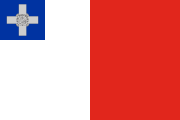


NORTHERN CHEYENNE • The Northern Cheyenne adopted a flag with a morning star glyph, designed by tribal president John Woodenlegs.

PALESTINE • Official specifications for the Palestinian flag were laid down on December 1.
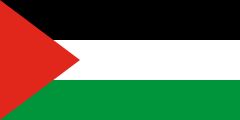


TANZANIA • The Sultan of Zanzibar was deposed on January 12. The revolutionaries, led by John Okello, established a People's Republic under a black-yellow-blue tricolour. That flag lasted until January 29, when it was replaced by a new flag in the colours of the ruling Afro-Shirazi party.
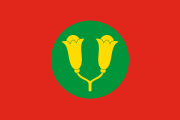

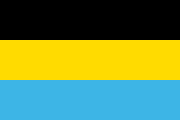

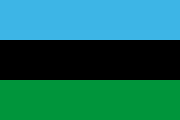
The island's new government went on to merge with neighbouring Tanganyika on April 26. The United Republic of Tanganyika and Zanzibar adopted a new flag on June 30, blending elements from the flags of its two predecessor states. It officially changed its name to Tanzania on December 11.




ZAMBIA • Zambia became independent from the United Kingdom on October 24. Its flag was based on that of the United National Independence Party, with the addition of a gold African fish eagle.
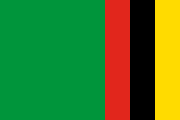


Notes
1 Often (but not always) flown by the royal house and the government. ↩
2 Flown by anyone. ↩
3 Flag of the African Party for the Independence of Guinea and Cape Verde, which aimed for separation from Portugal. Eventually became the flag of Guinea-Bissau. Portuguese colonies did not have official flags. ↩
4 Flag of the Liberation Front of Mozambique, which aimed for independence from Portugal. Direct predecessor of the modern flag of Mozambique. Portuguese colonies did not have official flags. ↩
5 Flag of the National Liberation Front of Angola, which aimed for independence from Portugal, and its government-in-exile in Léopoldville. Portuguese colonies did not have official flags. ↩
6 Flag of People's Movement for the Liberation of Angola, a competing independence movement. Direct predecessor of the modern Angolan flag. ↩
7 Flag of the Zimbabwe African National Union, which sought independence and majority rule for the British colony of Southern Rhodesia. The white minority-rule government flew a light blue British ensign with the Rhodesian coat of arms. ↩
8 Flag of the Zimbabwe African People's Union, a competing liberation movement. ↩
9 Flag of the South West Africa People's Organisation, which sought independence from South Africa. Direct predecessor of the flag of Namibia. The territorial government did not have an official flag. ↩
10 Flag of the Eritrean Liberation Front, which sought independence from Ethiopia. Derived from the previous national flag. The provincial government did not have an official flag. ↩
11 Flown in territory controlled by the Royalists during the North Yemen Civil War. ↩
12 Flown by the government, and often by private citizens. In certain ceremonial settings, the ratio was 1:3. ↩
13 Allowed to be flown by anyone. ↩
14 Flag of the Federation of South Arabia, the British protected state at the core of South Arabia. ↩
15 Flag of the National Liberation Front, which sought independence from Great Britain. Direct predecessor of the flag of South Yemen. ↩
16 Flown by private citizens and municipalities. ↩
17 Flown by the federal government and the armed forces. ↩
18 Allowed to be flown by anyone. ↩
19 Flown by the royal house, the government, and the armed forces. Also granted to a select list of private institutions and companies. ↩
20 Allowed to be flown by anyone. ↩
21 Flown only on state-owned buildings and naval ships. ↩
22 Allowed to be flown by anyone. ↩
23 Flown on government buildings and coast guard ships. ↩
24 Flown for all purposes. A three-tailed version of the national flag is flown by the military. ↩
25 Allowed to be flown by anyone. ↩
26 Flown by the government, border guard, and public universities. The armed forces fly a version with a swallowtail cut. ↩
27 Flown on land within Greece. The military flag had a crown in the centre of the cross. ↩
28 Flown at sea and abroad. The naval ensign had a crown in the centre of the cross. ↩
29 Flown by the government, sporting teams and by some private citizens. More or less exclusively a unionist symbol. ↩
30 Allowed to be flown by anyone. ↩
31 Flown over the Prince's Palace and government buildings. ↩
32 The traditional Catalan flag. ↩
33 The flag preferred by supporters of Catalan independence. ↩
34 Flown over the Presidential Palace, parliament, provincial legislatures, and other government buildings. Private use highly restricted. ↩
35 Flown by embassies, airports, and merchant ships. Private use strictly banned. ↩
36 Flown by the diplomatic service in exile and the Estonian disaspora. Flying the national flag was banned under the Soviet occupation. ↩
37 Flown by the diplomatic service in exile and the Lithuanian disaspora. Flying the national flag was banned under the Soviet occupation. ↩
38 Flown by the diplomatic service in exile and the Latvian disaspora. Flying the national flag was banned under the Soviet occupation. ↩
39 Banned within the People's Republic of China. The "Tibet Area" did not have an official flag. ↩
40 Flown in the Indian-controlled parts of the disputed region of Kashmir. ↩
41 Flown in the Pakistan-controlled parts of the disputed region of Kashmir. ↩
42 Flown by nationalists and separatists. The Indian state of Nagaland does not have an official flag. ↩
43 The flag of the Republic of China, the government of Taiwan. Banned on the mainland, as the People's Republic of China claimed sovereignty over the island. Regarded as the flag of China at the United Nations. ↩
44 Flown by the communist Pathet Lao government-in-exile in Hanoi. ↩
45 Flown by Karen nationalists seeking independence and separation from Burma. ↩
46 The national flag of the Uyghur people, banned within the People's Republic of China. Xinjiang Region does not have an official flag. ↩
47 Flown unofficially, mostly at sporting events ↩
48 Not legally the national flag, but allowed to be flown wherever a "distinctive Canadian flag" was needed. ↩
49 Flown by the government, the navy, the national police, and national sports teams. Raised at major ceremonies. The army uses a similar flag with a different coat of arms. ↩
50 Allowed to be flown by anyone. ↩
51 The most common flag, flown over most government buildings, at ceremonies, by diplomatic missions and often by public citizens. ↩
52 An alternative government flag, most commonly flown by the armed forces but also on some public buildings and offices. ↩
53 The simplest version of the national flag, flown by some private citizens. ↩
54 The most common Costa Rican flag. Officially designated for private citizens, but in practice often used on government buildings and schools too. ↩
55 Flown by the government and by diplomatic missions, although also used sometimes by private citizens. ↩
56 Allowed to be flown by anyone. ↩
57 A traditional military emblem, ceremonially flown alongside the national flag at government buildings. ↩
58 A historic flag, ceremonially flown alongside the national flag at government buildings. ↩
59 Flown by the government and armed forces, and unofficially used by many private citizens. ↩
60 Allowed to be flown by anyone. ↩
61 Flown by the governmnent. The armed forces flew a similar flag with olive and laurel branches around the coat of arms. ↩
62 Allowed to be flown by anyone. ↩